Ranking the farm systems is a bit easier than trying to rank than individual players. My method for doing it was pretty simple. I started by going back over the Top 10s and adjusting them for off-season trades, and I used a point system to get a general feel for each system. Teams got 4 points for each “Elite” prospect, 3 for each “Outstanding” prospect, 2 for each “Good”, and 1 for each “Fair” to reflect the different values between the tiers. This isn’t scientific and didn’t account for players beyond the Top 10, so it was just a way to get a general feel for each system and where they placed. I, then, made adjustments based on additional depth and the quality of prospects within tiers to give them the final placement.
Without further ado …
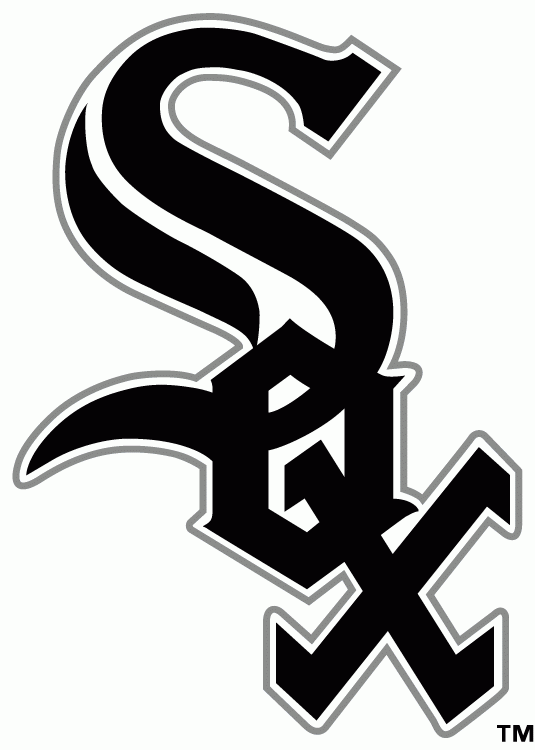 |
30. Chicago White Sox. With only three “Good” prospects and only one (Nestor Molina) that even sniffed the Top 100, the White Sox have the clear-cut worst system in the majors. Addison Reed will be a key piece of the bullpen next season, but none of the others look to help soon. |
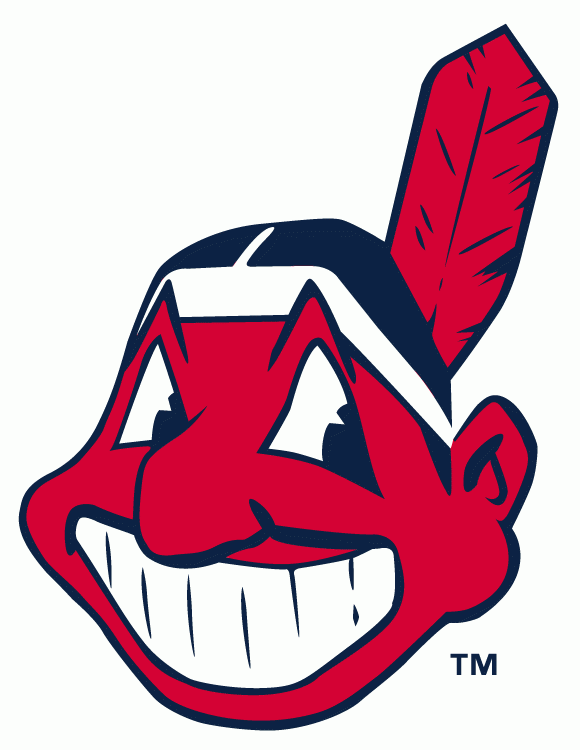 |
29. Cleveland Indians. Trading away Drew Pomeranz and Alex White along with promoting Lonnie Chisenhall and Jason Kipnis just gutted this system of very talented and close-to-the-majors talent. What’s left is a lot of ifs, though there is some talent at the lower levels. The problem is that lower-level talent generally means more things can go wrong (though sometimes they go right), even with a guy like Francisco Lindor. |
|
28. Milwaukee Brewers. There’s some solid talent at the top and even some guys who can help out soon. But that talent doesn’t have a lot of upside, and the talent drops off pretty quickly after that. They’re trying to reload after dumping several prospects and young players last off-season, but it’s a thin farm system at the moment. |
|
 |
27. Houston Astros. George Springer, Jarred Cosart, and Jonathan Singleton give the system a nice troika at the top, but each of those prospects have major questions as they continue to develop. Looking further down their list, there’s little depth and more questions. |
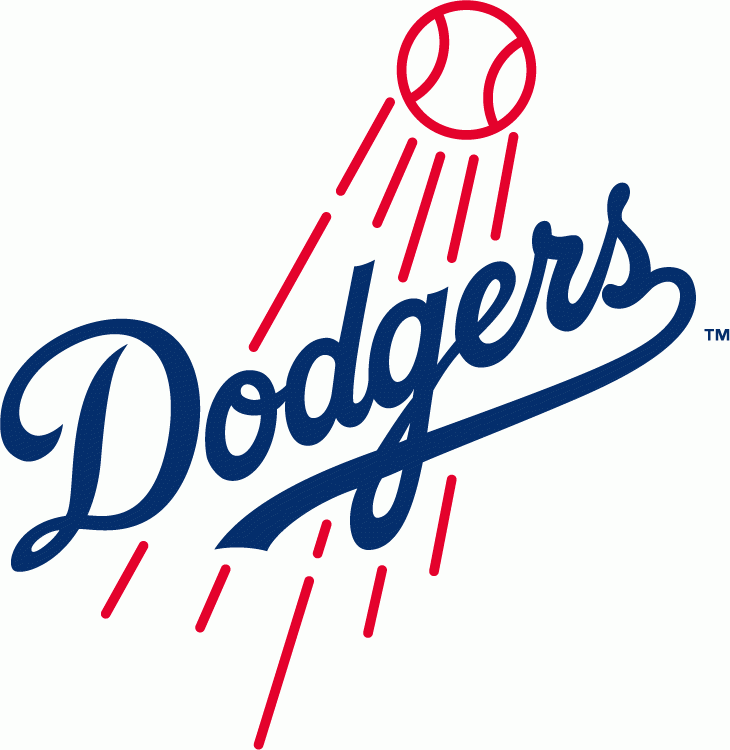 |
26. Los Angeles Dodgers. The Dodgers continue to have some pitching depth, but there’s a dearth of prospects on the hitting side. As for that pitching depth, Zach Lee and others are far away, and guys like Allen Webster, that are close to the majors, still have things to prove before they’ll stick in a rotation. Ned Coletti has never been a big fan of prospects, and it shows. |
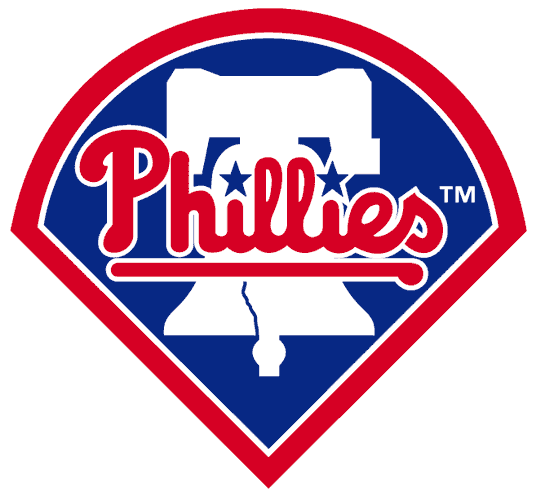 |
25. Philadelphia Phillies. With the potential of their top pitching prospects and a couple of position player prospects, the Phillies stay out of the gutter as they continued to deplete their farm system by trading for Hunter Pence at the expense of Jarred Cosart, Jonathan Singleton, and Domingo Santana. The problem with what is left is that it’s not really close to helping the big-league team. |
 |
24. Cincinnati Reds. Before I go on, I’d like to say I have no problem with what the Reds have done this off-season. Seeing an opportunity to jump on a weakened NL Central with the last two years of Joey Votto as a Red, the Reds have utilized a strong system to bolster it’s major-league roster. The consequence of that, however, is severely weakening the farm system, though I still love Devin Mesoraco at the top. |
 |
23. Detroit Tigers. Jacob Turner is an excellent start, and Nick Castellanos is a pretty good addition. But there’s little after that, though I might be higher on Drew Smyly than some. It’s mostly just a lot of relievers and bench guys, which isn’t a solid foundation. |
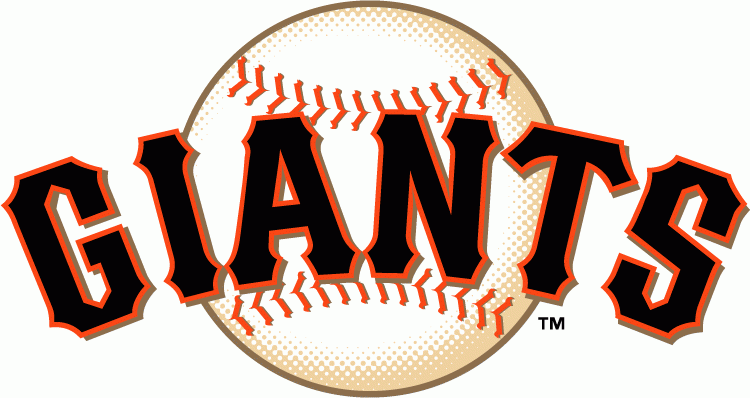 |
22. San Francisco Giants. There was actually more depth here than I expected, but it’s still not great depth, with none of the players in the “Good” tier particularly close to the Top 100. It’s not all bad, however, as Gary Brown, Joe Panik, and a few others offer hope. |
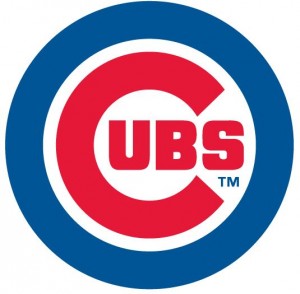 |
21. Chicago Cubs. While it’s not a great system, there is some legitimate depth for the Cubs, and the system could be ranked higher depending on how much you like Brett Jackson and/or how aggressive you want to be on Javier Baez. I’ll also note that I did not include Anthony Rizzo in the rankings at all, which I see others did. While he did not clear the ABs threshold (128 to the 130 line), he did play in 49 games, which would see him clear the 45-day on roster rule, but perhaps I’m missing something there. |
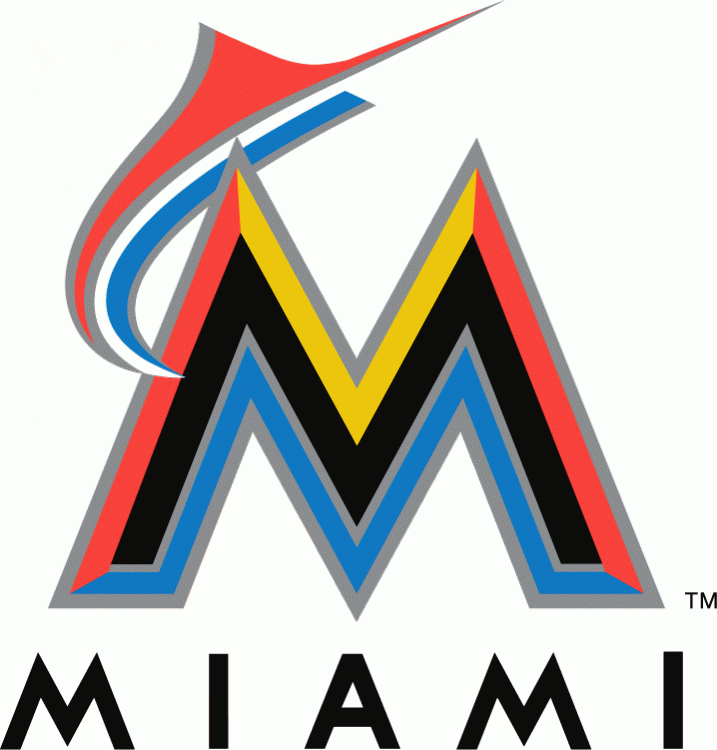 |
20. Miami Marlins. I might be a bit higher on guys like Chad James and Matt Dominguez than others, which affects the ranking of this team. If I’m a little lower on a few of them, they could rank as low as 27th or so. Christian Yelich is really the only one that might become a star, with the rest being average big-leaguers or worse. |
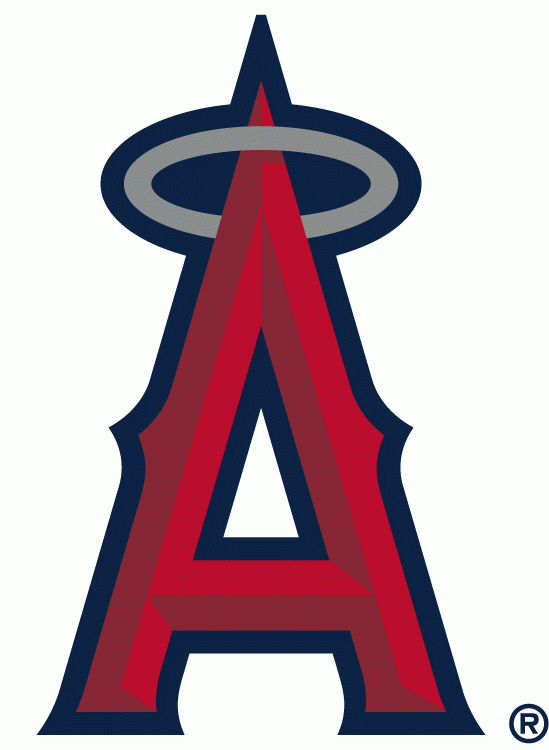 |
19. Los Angeles Angels. Mike Trout’s eligibility as a prospect is key for the Angels placement on this list, but while the rest of the system is currently uninspiring and question-riddled (I love Jean Segura as well), there’s some real talent in the lower levels. But that talent is far away, and the Angels haven’t had the same luck with the other toolsy prospects that they did with Trout. |
 |
18. Minnesota Twins. While I do love the top 6 or 7 prospects in the system and considered a few for the Top 100, the talent drops off pretty rapidly from those guys. That being said, the system has some decent talent, but it’s hard to see anything more than averageish regulars for many of them. Then again, I like some of their chances for that better than others. |
 |
17. Baltimore Orioles. When you ask the question “Would you rather have 2 Top 20 prospects or 4 later Top 100 prospects?”, the elite guys always win. The Orioles, in fact, could be ranked a lot higher if they just had some depth to go along with Dylan Bundy and Manny Machado or if those two were closer to the majors. But it’s just Jonathan Schoop and a lot of poop (well, not really, but I was going rhyme over reason there … okay I’ll stop). |
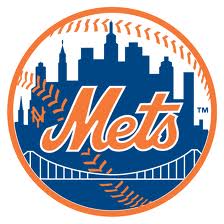 |
16. New York Mets. I do appreciate the top pitching prospects this system boasts, but there’s a pretty significant chance that 3 of the 4 become relievers, and the other (Matt Harvey) isn’t necessarily a lock for the rotation. But I will say that they could be better than the pitching at the top of the system that starts the upper half of the rankings. |
